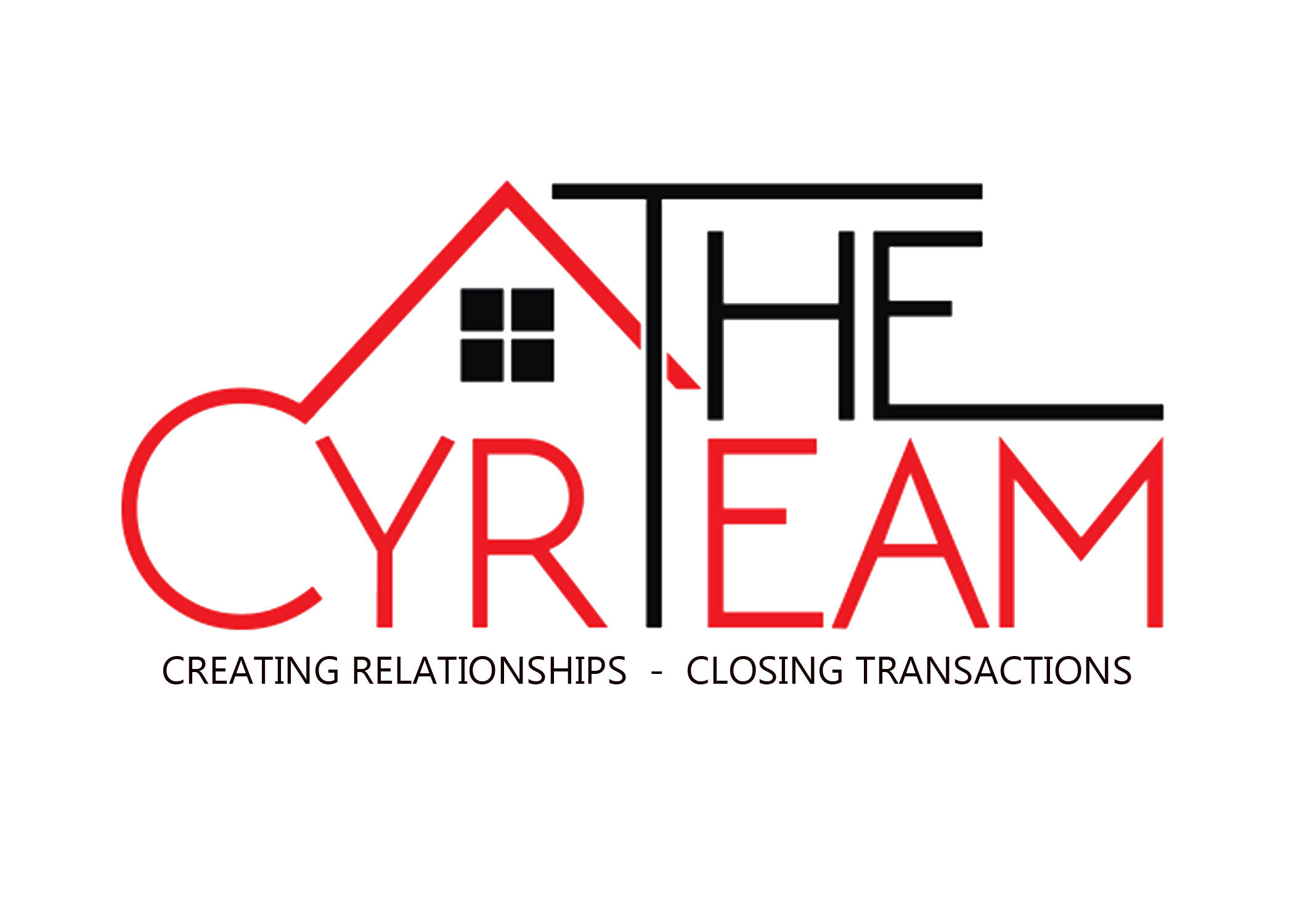The U.S. housing market has been a topic of heated debate recently. There has been much speculation about whether a crash is imminent. The reality is that the data suggests otherwise. The market is far more robust than many assume, thanks to several key factors that reinforce its strength. Let’s dive into why a housing crash in 2025 is highly unlikely and explore the trends shaping the landscape.
A Stable Economy Provides a Solid Foundation
The U.S. economy remains resilient, with steady GDP growth at 2.1%, cooled inflation at 2.6%, and a low unemployment rate of 4.1%. These indicators point to a stable economic environment, reducing the likelihood of a housing market collapse. When the economy holds firm, the housing market tends to follow suit.
Homeowners Are Clinging to Low Mortgage Rates
An overwhelming 82% of homeowners currently have mortgage rates below 6%, with 42% locked in at rates under 4%. These historically low rates have made homeowners reluctant to sell, as many value their affordable mortgages more than upgrading their homes. This trend significantly limits the inventory available for new buyers and helps keep the market competitive.
Generational Wealth Acts as a Market Backstop
Baby boomers hold an estimated $60 trillion in wealth, much of which is being passed down to younger generations. This wealth transfer is empowering younger buyers to enter the market, fueling demand and providing a financial cushion that supports housing stability.
High Equity Levels Bolster Financial Security
Currently, 32% of U.S. homeowners own their homes outright, with no mortgage debt. This financial stability acts as a safeguard against the forced sales that contributed to the 2008 crash, when many homeowners had little to no equity.
Housing Supply Remains Critically Low
One of the most significant challenges facing the market is a persistent lack of supply. Following the 2008 financial crisis, homebuilders underproduced for over a decade. Consequently, the market has struggled to catch up ever since. Shrinking inventory has become a defining characteristic of today’s housing market.
Millennials Drive Surging Demand
Millennials now represent 54% of new homebuyers, making them a dominant force in the housing market. Despite limited supply and rising prices, their strong demand underscores the market’s vitality. This generation is reshaping the housing landscape as they enter their peak home buying years.
Regional Strength Bolsters Market Resilience
While affordability challenges persist in some areas, many markets in the country are thriving with stability scores above 90. The resilience or regional markets highlights the broader strength of the U.S. housing market.
Mortgage Rates Are Here to Stay
Don’t expect mortgage rates to drop significantly anytime soon. Rates are likely to remain around 6.5%-7%, driven by the 10-year Treasury yield rather than just Federal Reserve actions. While this may temper demand slightly, it won’t lead to a crash.
A Different Market from 2008
The 2008 housing crash was fueled by risky lending practices and oversupply. Today, the market operates under strict lending standards, and inventory remains tight. These key differences make a repeat of 2008’s downturn highly improbable.
The Bottom Line
The data shows that the U.S. housing market in 2025 is likely poised for stability, not collapse. While some regions may face affordability challenges, the overall market remains resilient. So, is a housing crash on the horizon? The evidence says no.
Still, it’s always important to stay up-to-date with the latest real estate trends and forecasts. If you are planning to make a move this year, it’s never too soon to start planning. The more prepared you can be as a home seller and/or buyer, the more stable your financial future will be—regardless of changing housing market conditions. Working with a knowledgeable real estate team will also help ensure smarter decisions.
If you are buying or selling a home in Southeastern Pennsylvania or Northern Delaware in 2025, contact The Cyr Team for personalized guidance and professional real estate representation.

